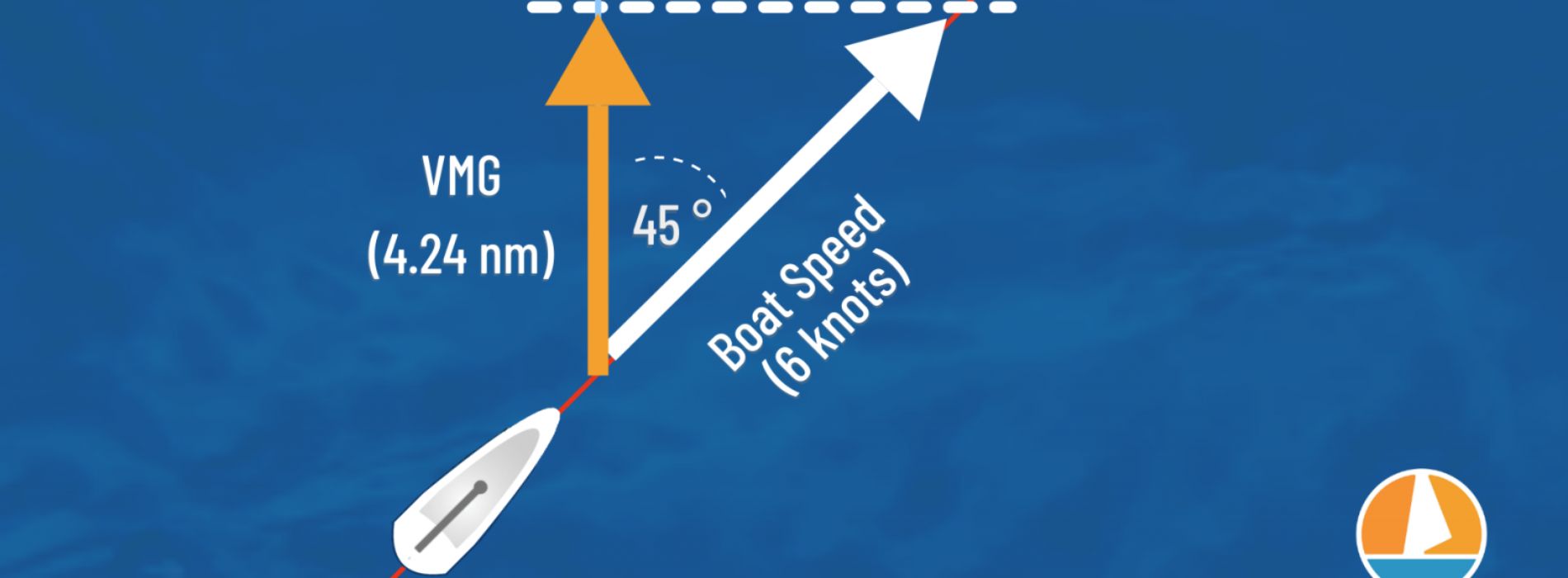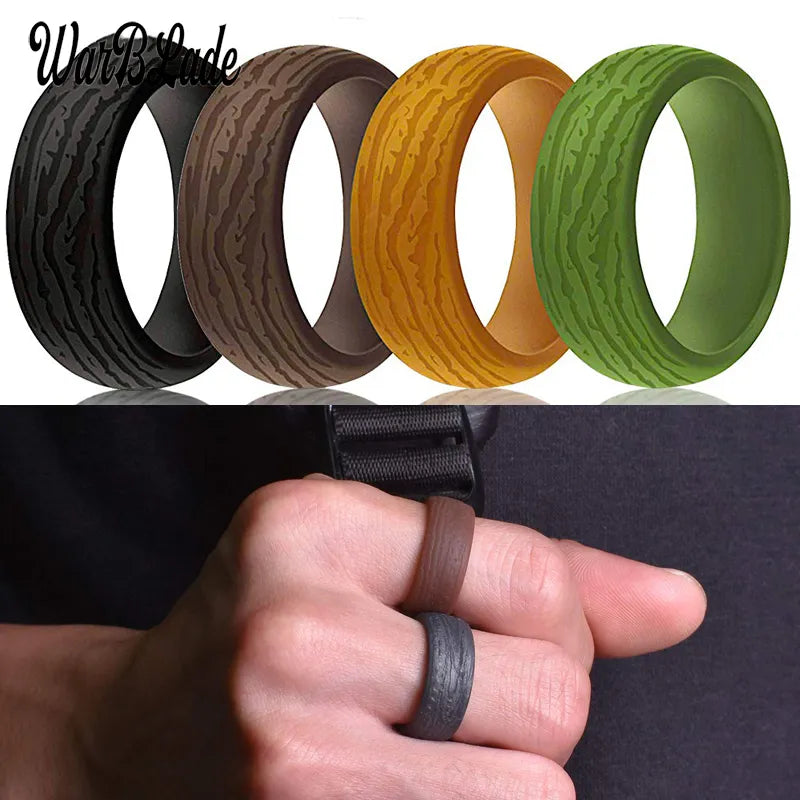What is the Fastest Point of Sail? - Nautical Jewelry
What is the Fastest Point of Sail? Nautical Jewelry
Understanding the Fastest Point of Sail
When it comes to sailing, finding the fastest point of sail is crucial for maximizing speed and efficiency. The fastest point of sail refers to the angle at which a sailboat can achieve its maximum speed by utilizing the wind's power effectively. It is crucial to understand the different points of sail to navigate the seas smoothly and enjoy the thrill of sailing.
There are six main points of sail, each with its advantages and considerations. These points of sail include close hauled, close reach, beam reach, broad reach, running, and dead downwind. Each point of sail requires sailors to adjust their sails and boat trim to harness the wind optimally.
Close Hauled: Sailing Close to the Wind
Close hauled is the point of sail where the boat is sailing as close to the wind as possible while maintaining forward motion. The sails are trimmed in tightly, and the boat leans into the wind. This point of sail is particularly challenging but can be rewarding for experienced sailors.
When sailing close hauled, it is crucial to trim the sails properly, maintain a balanced boat, and make small adjustments to keep the boat moving swiftly through the water. This point of sail is often used when sailing upwind and is not typically the fastest point of sail.
Key takeaway: Close hauled requires precise sail trimming and is commonly used when sailing upwind.
Beam Reach: Optimal Speed and Balance
Beam reach is the point of sail where the boat is sailing perpendicular to the direction of the wind. It offers a balance between speed and ease of sailing, making it a favorite among sailors. At this point of sail, the sails are trimmed out, and the boat remains relatively flat.
When sailing at a beam reach, the wind is hitting the sails from the side, providing optimal power to propel the boat forward. It allows for higher speeds and less demand for constant adjustments compared to close hauled. However, it is essential to maintain control and adjust the sails as needed to prevent capsizing or losing momentum.
Key takeaway: Beam reach offers a balance between speed and ease of sailing, with the wind hitting the sails from the side.
Factors Affecting the Fastest Point of Sail: Wind Speed and Boat Design
Aside from the different points of sail, other factors can influence the fastest point of sail. Wind speed and boat design play significant roles in determining the optimal angle of sail and speed.
The speed of the wind is crucial in determining the fastest point of sail. Generally, sailboats achieve their maximum speed when the wind speed is between 10 and 15 knots. When the wind is too light, it can be challenging to maintain speed, while strong winds can lead to excessive heeling and difficulty in controlling the boat.
Boat Design: Hull Shape and Sail Area
The design of the boat, especially the hull shape and sail area, also impacts the fastest point of sail. Boats with sleek, narrow hulls and larger sail areas tend to perform better upwind, while wider hulls and smaller sail areas excel when sailing downwind.
The shape and construction of the sails can also affect the speed and performance of a sailboat. Sail materials, such as carbon fiber and kevlar, offer lightweight and strong options that can enhance speed and efficiency.
Key takeaway: Wind speed and boat design, including hull shape and sail area, are critical factors in determining the fastest point of sail.
Downwind Sailing: Running and Dead Downwind
When sailing downwind, there are two main points of sail: running and dead downwind. These points of sail require specific sail adjustments to maximize speed and control.
Running: Running is the point of sail where the wind is directly behind the boat. To achieve the fastest speed while running, it is essential to trim the sails out as far as possible to capture as much wind as possible. Running can be exhilarating, but it requires constant attention to prevent accidental jibes or losing control.
Dead Downwind: Dead downwind is the point of sail where the boat is directly downwind, with the wind coming from straight behind. It is the slowest point of sail but offers stability and ease of sailing. To maximize speed while sailing dead downwind, it is crucial to set up a headsail, such as a spinnaker or genoa, for downwind sailing.
Sailing Techniques for Optimal Speed
To achieve the fastest point of sail, sailors can employ various techniques to maximize speed and efficiency:
1. Sail Trimming
Proper sail trimming is crucial in harnessing the wind's power effectively. Adjusting the tension and angle of the sails in response to wind shifts and gusts can significantly impact the boat's speed. Regularly evaluate sail shape and make adjustments to maintain optimal efficiency.
2. Boat Trim
Trimming the boat involves adjusting the weight distribution and balance to reduce drag and increase performance. Keeping the boat balanced and flat helps minimize resistance and encourages faster speeds.
3. Weather Awareness
Understanding weather conditions, including wind patterns, gusts, and shifts, can help sailors navigate more effectively and locate the fastest point of sail. Regularly monitor weather forecasts and adapt sailing strategies accordingly.
Conclusion: Harnessing the Wind for Maximum Speed
Discovering the fastest point of sail is an exciting quest for any passionate sailor. By understanding the different points of sail, adjusting sail trim and boat balance, and staying aware of weather conditions, sailors can harness the wind's power and achieve optimal speed.





















